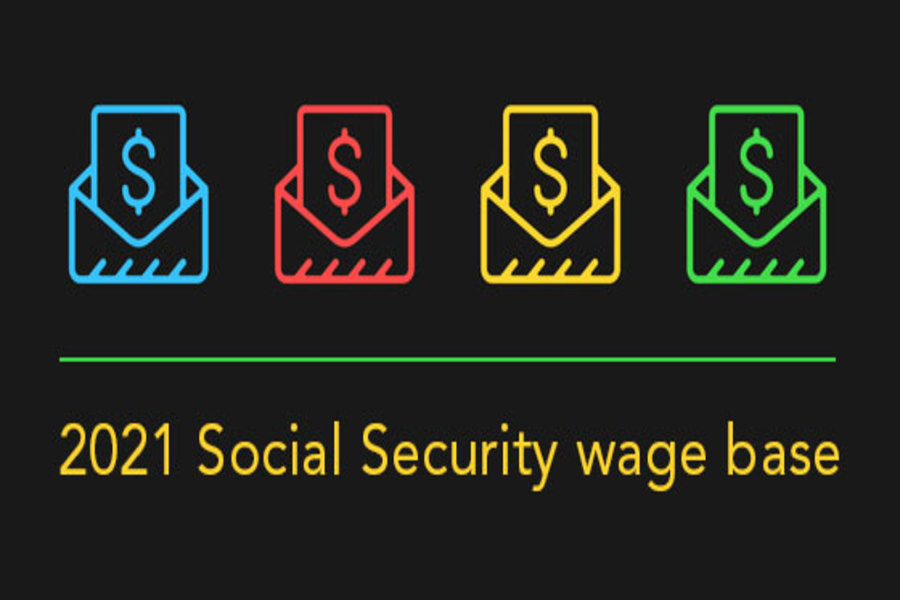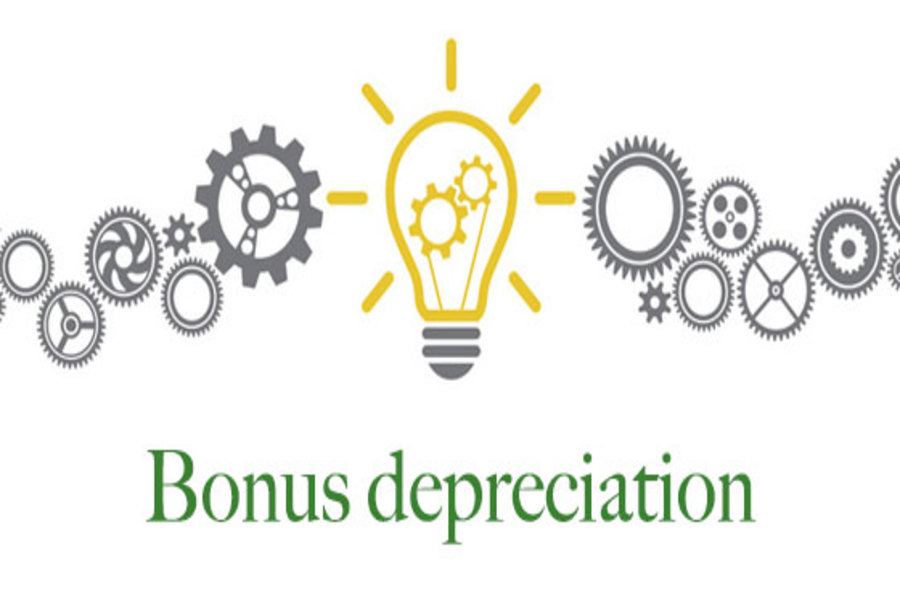Timing of Non-Deductibility of Forgiven PPP Loan-Funded Expenditures In guidance issued on 11/18/2020, the IRS has made it clear that taxpayers with a "reasonable expectation" that their Paycheck Protection Program (PPP) loan will be forgiven may not deduct expenditures that were paid with the proceeds of those loans, even if the actual forgiveness has not yet been granted prior to the end of the taxable year (Revenue Ruling 2020-27). In this Revenue Ruling, the IRS states that, because the calculation of forgiveness is based on eligible expenses that were paid with PPP funds, the forgiveness of the loan amounts used for these eligible expenses is "reasonably expected to occur", and therefore, under §265, claiming tax deductions for such eligible expenses would be not be appropriate. In a...

If you recently launched a business, you may want to set up a tax-favored retirement plan for yourself and your employees. There are several types of qualified plans that are eligible for these tax advantages: A current deduction from income to the employer for contributions to the plan, Tax-free buildup of the value of plan investments, and The deferral of income (augmented by investment earnings) to employees until funds are distributed. There are two basic types of plans. Defined benefit pension plans A defined benefit plan provides for a fixed benefit in retirement, based generally upon years of service and compensation. While defined benefit plans generally pay benefits in the form of an annuity (for example, over the life of the participant, or joint lives of the participant...
The California Legislature passed, and the governor signed, Senate Bill 1447 (click here for FTB Bill Analysis) into law creating a new small business hiring credit (SBHC) for small businesses impacted by economic disturbances in 2020. The Small Business Hiring Credit is also referred to as the “Main Street Hiring Credit”. Overview Taxpayers can use the credit against income taxes (personal income tax, corporation franchise or income taxes), or can make an irrevocable election to apply the credit against sales and use taxes. The credit is equal to $1,000 for each net increase in "Qualified Employees" (as outlined below), as measured in monthly full-time employee equivalents (FTEs). The total amount of credit for each employer cannot exceed $100,000. Taxpayers must get a tentative credit reservation from the California...
If your small business is planning for payroll next year, be aware that the 2021 Social Security wage base is increasing. The Social Security Administration recently announced that the maximum earnings subject to Social Security tax will increase from $137,700 in 2020 to $142,800 in 2021. For 2021, the FICA tax rate for both employers and employees is 7.65% (6.2% for Social Security and 1.45% for Medicare). For 2021, the Social Security tax rate is 6.2% each for the employer and employee (12.4% total) on the first $142,800 of employee wages. The tax rate for Medicare is 1.45% each for the employee and employer (2.9% total). There’s no wage base limit for Medicare tax so all covered wages are subject to Medicare tax. In addition to withholding Medicare...
IRS issued Notice 2020-71 which contains the special per-diem rates for taxpayers to use, after 9/30/2020, to substantiate ordinary and necessary business travel expenses. Background An employer may pay a per-diem amount to an employee on business-travel status instead of reimbursing actual substantiated expenses for away-from-home lodging, meal and incidental expenses (M&IE). If the rate paid doesn't exceed IRS-approved maximums, and the employee provides simplified substantiation (time, place, and business purpose): the reimbursement is treated as made under an accountable plan (e.g. it isn't subject to income or payroll-tax withholding), it isn't reported on the employee's Form W-2, and receipts for expenses aren't required. In general, the IRS-approved per-diem maximum is the General Services Administration (GSA) per-diem rate paid by the federal government to its workers on travel...
Are you having difficulties understanding the passive activity rules? Are you wondering if the passive activity loss rules affect business ventures you’re engaged in — or might engage in? If the ventures are passive activities, the passive activity loss rules prevent you from deducting expenses that are generated by them in excess of their income. You can’t deduct the excess expenses (losses) against earned income or against other nonpassive income. Nonpassive income for this purpose includes interest, dividends, annuities, royalties, gains and losses from most property dispositions, and income from certain oil and gas property interests. So you can’t deduct passive losses against those income items either. Any losses that you can’t use aren’t lost. Instead, they’re carried forward, indefinitely, to tax years in which your passive...
IRS audit rates are historically low, according to the latest data, but that’s little consolation if your return is among those selected to be examined. But with proper preparation and planning, you should fare well. Here's how to survive an IRS audit. In fiscal year 2019, the IRS audited approximately 0.4% of individuals. Businesses, large corporations and high-income individuals are more likely to be audited but, overall, all types of audits are being conducted less frequently than they were a decade ago. There’s no 100% guarantee that you won’t be picked for an audit, because some tax returns are chosen randomly. However, the best way to survive an IRS audit is to prepare for one in advance. On an ongoing basis you should systematically maintain documentation —...
Do you buy or lease computer software to use in your business? Do you develop computer software for use in your business, or for sale or lease to others? Then you should be aware of the complex rules that apply to determine the tax rules for deducting software, whether you're buying, leasing or developing. Purchased software Some software costs are deemed to be costs of “purchased” software, meaning software that’s either: Non-customized software available to the general public under a non-exclusive license or Acquired from a contractor who is at economic risk should the software not perform. The entire cost of purchased software can be deducted in the year that it’s placed into service. The cases in which the costs are ineligible for this immediate write-off are the...
The business use of websites is widespread. But surprisingly, the IRS hasn’t yet issued formal guidance on when Internet website costs can be deducted. Fortunately, established rules that generally apply to the deductibility of business costs, and IRS guidance that applies to software costs, provide business taxpayers launching a website with some guidance as to the proper treatment of the costs. Hardware or software? Let’s start with the hardware you may need to operate a website. The costs involved fall under the standard rules for depreciable equipment. Specifically, once these assets are up and running, you can deduct 100% of the cost in the first year they’re placed in service (before 2023). This favorable treatment is allowed under the 100% first-year bonus depreciation break. In later years, you can...
You’re probably aware of the 100% bonus depreciation tax break that’s available for a wide range of qualifying property. Here are five key points about bonus depreciation to be aware of when it comes to this powerful tax-saving tool. Bonus depreciation is scheduled to phase out Under current law, 100% bonus depreciation will be phased out in steps for property placed in service in calendar years 2023 through 2027. Thus, an 80% rate will apply to property placed in service in 2023, 60% in 2024, 40% in 2025, and 20% in 2026, and a 0% rate will apply in 2027 and later years. For certain aircraft (generally, company planes) and for the pre-January 1, 2027 costs of certain property with a long production period, the phaseout...











